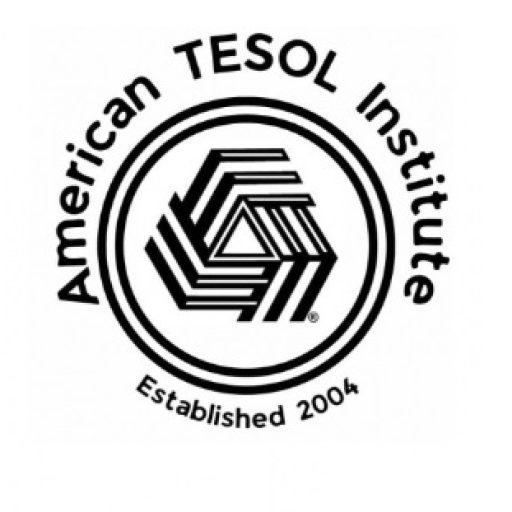In today’s digital age, storytelling has taken on new and exciting forms. As TESOL educators, we can harness the power of technology to engage our students and provide them with innovative ways to express their creativity and language skills. Creating digital books is a fantastic project that combines language learning with technology, allowing ESL learners to craft their own narratives and share them with the world.
Why Digital Books?
Digital books offer a multitude of benefits for ESL learners:
- Enhanced Engagement: The interactive nature of digital books, with their multimedia elements and animations, captivates learners and makes the writing process more enjoyable.
- Increased Motivation: The ability to publish and share their work with a wider audience motivates students to put extra effort into their writing and storytelling.
- Developing 21st-Century Skills: Creating digital books fosters essential skills like digital literacy, creativity, critical thinking, and collaboration.
- Personalized Learning: Digital book projects can be tailored to different learning styles and proficiency levels, allowing for differentiated instruction.
- Building Confidence: The act of creating and sharing their own stories empowers ESL learners and boosts their confidence in using the English language.
Resources for Creating Digital Books:
Here are some excellent platforms and tools that TESOL teachers can use to support their students in creating digital books:
- Book Creator: This user-friendly app allows students to combine text, images, audio, and video to create interactive ebooks. It’s available on various devices and offers a range of accessibility features.
- Storybird: This platform provides stunning artwork that inspires students to write and create visually engaging stories. It’s a great option for learners who enjoy visual prompts.
- Adobe Spark: This free tool offers a variety of templates and design options for creating visually appealing digital books and presentations.
- Google Slides: A simple yet versatile tool that can be used to create interactive digital books with text, images, and even embedded audio recordings.
Tips for TESOL Teachers:
- Start Simple: Begin with a basic digital book project, focusing on a single scene or a short story. Gradually introduce more complex features as students gain confidence.
- Provide Clear Guidelines: Offer specific instructions on the length, format, and content of the digital book. Use rubrics to clearly outline expectations.
- Encourage Collaboration: Facilitate peer feedback and collaboration by having students share their work and provide constructive criticism.
- Incorporate Multimedia: Encourage students to use images, audio recordings, and even short videos to enhance their storytelling and engage readers.
- Celebrate Creativity: Provide opportunities for students to showcase their digital books and celebrate their achievements.
Beyond the Book:
Creating digital books is just the beginning! Encourage students to share their creations with a wider audience by:
- Creating a Class Library: Compile student digital books into an online library that can be accessed by the school community.
- Publishing Online: Explore platforms like Amazon Kindle Direct Publishing to make student books available to a global audience.
- Organizing a Digital Book Fair: Host an event where students can present their digital books and share their creative process.
By embracing digital storytelling, TESOL teachers can unlock new levels of creativity and engagement in their classrooms. Let’s empower our ESL learners to become authors and share their unique voices with the world!



